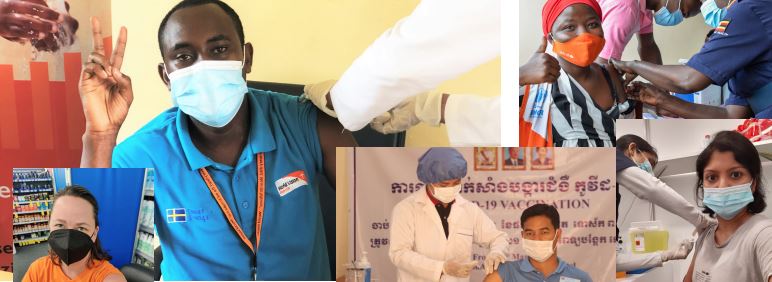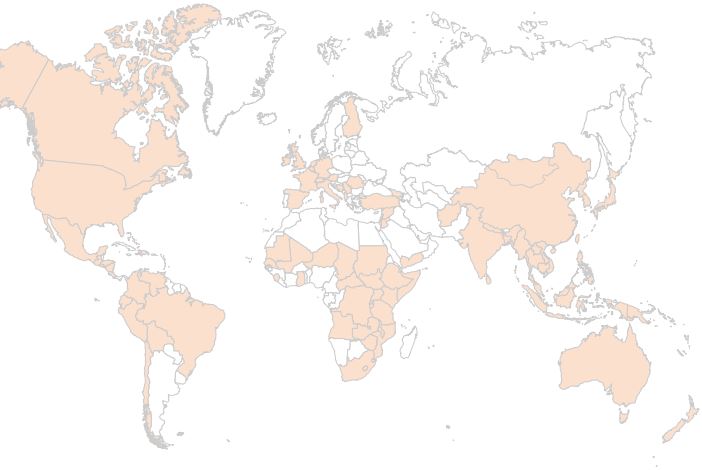
Use of LMMS Technology in Vaccination Reveals Beneficiary Vulnerability Factors
World Vision is responding to the devastating impact of COVID-19 in more than 70 countries.
Reaching 66.1 million people, including 28.9 million children, as part of strategic objectives to limit the spread of COVID-19. To strengthen health systems, support affected children, and collaborate and advocate for vulnerable children. Through health and nutrition, economic livelihood, child protection, and education interventions.
When COVID-19 began to exacerbate some of the existing challenges of supporting the most hard-to-reach neighbourhoods and vulnerable communities, World Vision developed guidance to support offices to implement remote programming in a way that is safe for children and adults and tailor pre-existing emergency response approaches to the COVID-19 Response by making them more virtual, digital, and efficient in a wide variety of contextually relevant ways to best address emerging needs.
Many of the lessons learnt from digitisation efforts to inform, engage, and educate communities on health, nutrition, hygiene, and child protection issues through technology and the adoption of flexible and innovative approaches to reach the most vulnerable people in marginalised and remote locations, including people without access to the Internet or gadgets, can be utilised by field offices as they prepare for vaccine roll-outs in their countries. Field offices are now using these methods to conduct surveys to gauge vaccine hesitancy and ascertain vaccine availability for particularly vulnerable populations.
World Vision’s Last Mile Mobile Solutions (LMMS) technology
LMMS was employed and besides simplifying beneficiary registration and management, LMMS avoided duplication with government systems. In Indonesia it helped reveal vulnerability factors that went beyond government criteria. World Vision later advocated effectively for the newly identified vulnerable populations to be included in government support services. This could be invaluable data when advocating for Programme adaptability inclusion of often overlooked communities in national vaccine distribution plans.

To review World Vision’s COVID-19 response Capacity Statement published by World Vision you may read here.